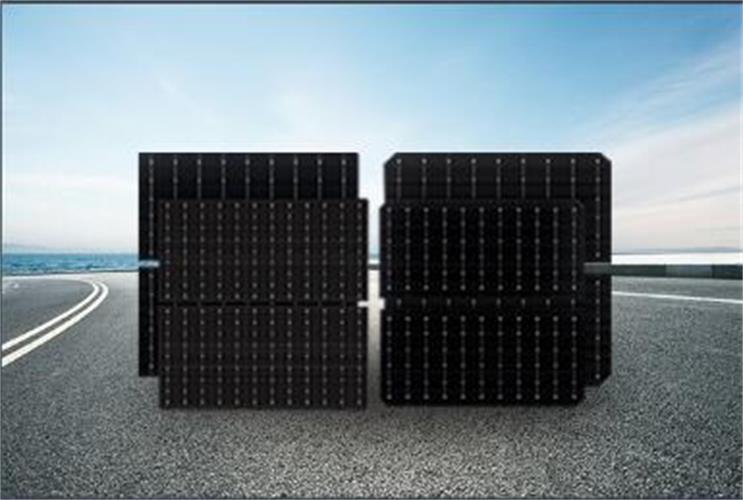The Complete Guide to Designing Solar Photovoltaic Array

Опис товару
The Complete Guide to Designing Solar Photovoltaic Array System
Amid the wave of pursuing green energy solutions, solar photovoltaic arrays as core components are gradually becoming an important force in meeting the energy needs of large residential and commercial buildings. This article will provide you with a comprehensive guide to designing solar photovoltaic arrays, helping you understand how to plan, build, and optimize this efficient energy system.
Basic Concepts of Solar Photovoltaic Arrays
Solar photovoltaic arrays, abbreviated as photovoltaic arrays, are systems composed of multiple interconnected solar panels. These panels capture sunlight and convert it into direct current electricity, which is then converted to alternating current by an inverter for household or commercial use. The scale and configuration of photovoltaic arrays depend on multiple factors, including geographical location, available roof space, sunlight duration, and electricity demand.
Key Points in Solar Photovoltaic Array Design
Determine the Size of the Solar Photovoltaic Array
The scale of the solar photovoltaic arrays is directly related to your electricity demand. By evaluating monthly electricity consumption, available roof space, and local sunlight conditions, you can determine the number of solar panels needed. Generally, households typically need 21 to 34 solar panels to meet daily energy needs.
Choose Appropriate Solar Panels
Solar panels are the core components of solar photovoltaic array, and their performance directly affects the overall efficiency of the system. The mainstream market currently includes N-type, TOPCon, HJT, and BC components. Sunrise Energy's M10 module's Neptune series in 54/66/72 versions supports bifacial, bifacial glass, and all-black, suitable for residential, commercial, and large-scale scenarios. To date, it has provided photovoltaic components and system integration solutions to over 100 countries worldwide.
Optimize Array Layout
The physical location and orientation of the array are crucial for power generation efficiency. Ideally, the photovoltaic array should be installed facing south to maximize sunlight reception. If the roof orientation is suboptimal, such as facing east or west, additional solar panels may be required to achieve the same power output. Additionally, the tilt angle of the array should be adjusted based on the local latitude to optimize sunlight reception efficiency.
Five Key Components of Photovoltaic Arrays
Solar Panels
Solar panels are the most intuitive components of the solar photovoltaic array, responsible for converting solar energy into electric energy. They are usually composed of multiple solar cells and modules connected in series, and have high photovoltaic conversion efficiency.
Inverter
Inverters are crucial devices that convert direct current electricity generated by solar panels into alternating current electricity. High-quality inverters not only improve conversion efficiency but also extend the lifespan of the entire photovoltaic system.
AC/DC Disconnect Switch
The AC/DC disconnect switch is a safety switch in photovoltaic systems, used to cut off power during repair or maintenance. It is an important measure to ensure the safety of personnel and equipment.
Solar Brackets
Solar brackets are used to support and fix solar panels to ensure their stable and reliable operation. Roof brackets and ground brackets are two common installation methods, each with its own advantages and disadvantages, and need to be selected according to actual conditions.
Battery Energy Storage System (Optional)
For off-grid systems or hybrid systems that need to store electrical energy, battery energy storage systems are an indispensable component. It can provide power support for homes or commercial buildings when there is insufficient sunlight or at night.
As a sunrise panel manufacturing company, we will do our best to meet all the needs of customers.

